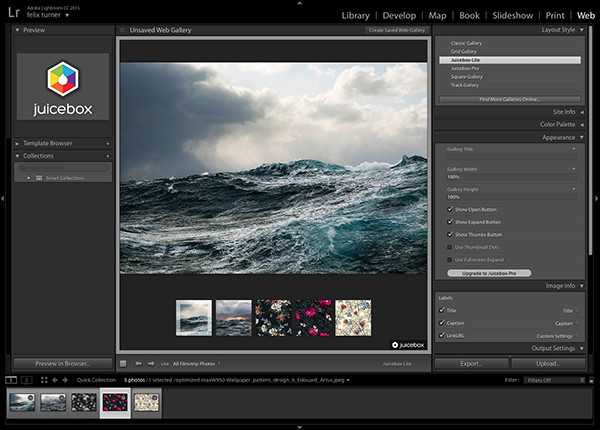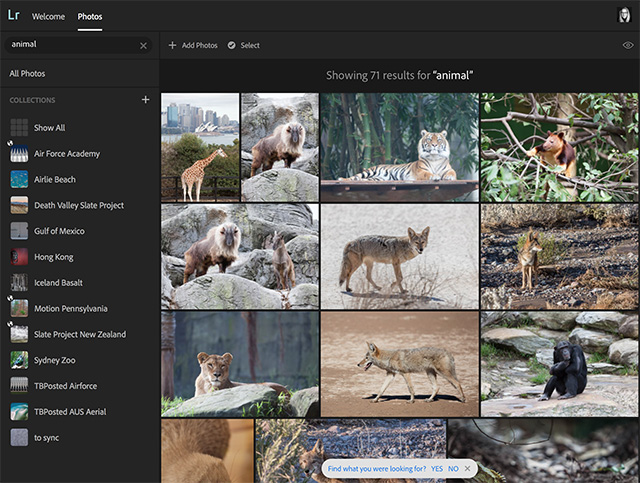

So rather than attempting to calculate pixel dimensions, simply indicate the physical size of the print you want. When exporting to a specific print size, the resulting photo dimensions (or document size), is your priority. When exporting to a specific print size, you will also need to indicate the physical size in inches of your desired print eg. In other words, don’t calculate, just print it. It’s important to not get pedantic at this point… the average person is unlikely to have print needs beyond that which their camera can produce. When exporting to maximum size, as long as you uncheck the ‘resize to print’ box and enter 300ppi in the pixel resolution box, it will print well at any size, within the confines of the resolution of your specific camera. 8×12 inches) (can print any size up to the specified size, and produces a smaller file than the option above) Maximum size (can print to any size, produces a large file).There are two ways to export an image for print: Some print labs will suggest 240 as this is sufficient for printing and produces a smaller file size, but most people work with 300 ppi for print by default unless otherwise requested. You’ll need 240-300 ppi to get a crisp, unpixelated print. 240-300 ppi – regardless of the physical size you intend to print. What pixel resolution do I need for printing? A. If you attempt to transfer or upload a print sized image, it may fail to upload or transfer. Images for web use and emailing need to be a small file size that will display or transfer easily and quickly.Printing a web sized image may turn out pixelated. Images for print need more pixels than images for web use or emailing in order to print crisp and clear.Can I export in a one size fits all uses? A. To that end, pixel dimensions is a calculation of the document size x pixel resolution.Īgain, this is more relevant to Photoshop. You don’t need to determine pixel dimensions when exporting, but it does help to know how these three different units of measure for an image inter relate. Pixel dimensions is the total number of pixels in the width and height of an image. But it’s one of those terms that can come up when printing so it’s worth mentioning. This term is only seen in Photoshop, not Lightroom. Document size is the physical dimensions of a printed image, eg. Pixel resolution refers to the number of pixels per inch (ppi) or per cm (ppc) in an image. This is it in a nutshell – in order to get sharp and crisp images, whether it’s for print or web, your images need to be of a certain pixel resolution. The good news is, exporting and sizing for print or web is not as complicated as you think. And I just figure everyone else is like me. I want to give you the big picture, because I can’t absorb details properly without first knowing the big picture it all fits into. But in the spirit of organised formatting (because I’m a bit special like that), I’ll start as I mean to go on.

So you can actually just skip ahead to that if you want the quick version 😀 So we’ve created this post to address all those frequently asked questions related to exporting images from Lightroom, in simple language that we promise won’t put you to sleep!īut wait… there’s more! We’ve also created an exporting cheat sheet, as a handy printable resource to help you make quick decisions when you want to export your images for any intended use. This is a question that comes up more frequently than any other question within our Click Love Grow community. “How should I export my images from Lightroom for print and web use?”


 0 kommentar(er)
0 kommentar(er)
